Luanne Tilstra, S. Allen Broughton, Robin S. Tanke, Daniel Jelski, Valentina French, Gouping Zhang, Alexander K. Popov, Arthur B. Western, Thomas F. George1600214665, 9781600214660, 9781606928707
Table of contents :
THE SCIENCE OF NANOTECHNOLOGY:AN INTRODUCTORY TEXT……Page 3
NOTICE TO THE READER……Page 6
CONTENTS……Page 7
PREFACE……Page 9
SOME USEFUL CONSTANTS……Page 10
It’s all a Matter of Scale……Page 11
1.1.1. Chemistry and Nanotechnology……Page 13
1.2. CARBON-BASED NANOPARTICLES……Page 16
1.2.1. Bucky Ball……Page 17
1.2.2. Nanotubes……Page 20
1.3. NON-CARBON BASED NANOPARTICLES……Page 22
1.4.2. Surface Effects……Page 25
1.4.3. Optical and Electrical Properties……Page 27
EXERCISES……Page 28
2.1.1. The Nature of Energy……Page 29
2.1.2. The Nature of Matter……Page 31
2.1.3. When Matter and Energy Interact……Page 36
2.1.4. Sources of Energy……Page 40
2.1.5. Additional Concepts……Page 41
2.2. MICROSCOPY……Page 42
2.2.1. Transmission Electron Microscopy (TEM)……Page 43
2.2.2. Scanning Probe Microscopy (SPM)……Page 46
2.2.2.2. Scanning Tunneling Microscopy……Page 48
2.3.1. Absorbance Spectroscopy……Page 49
2.3.2. Fluorescence Spectroscopy……Page 51
2.3.3. Raman Spectroscopy……Page 52
2.3.4. X-Ray Diffraction……Page 54
2.3.5. Electron Energy Loss Spectroscopy……Page 55
2.4. CONCLUSION……Page 56
EXERCISES……Page 57
FURTHER READING……Page 58
3.1.2. Chemical Vapor Deposition……Page 59
3.2.1. Preparation of Colloids……Page 61
3.2.2. Stabilization of Nanoparticles with Termination Groups……Page 63
3.2.3. Formation and Stabilization of Nanoparticles within Cavities……Page 65
3.2.4. Electrochemical Deposition of Nanowires……Page 68
3.3.1. X-Ray Lithography……Page 69
3.3.2. Laser Ablation……Page 71
3.3.3. Mechanical Pushing……Page 73
3.4. PREPARATION OF NANOSTRUCTURES USING SELF-ASSEMBLY TECHNIQUES……Page 74
EXERCISES……Page 76
4.1. DIMENSIONALITY AND THE CARBON NANOFAMILY……Page 77
4.2.1. Density and Strength……Page 78
4.2.2. Conductivity (Electrical and Thermal)……Page 79
4.3. CONSTRUCTING CARBON NANOTUBES GEOMETRICALLY……Page 80
4.3.1. Defining the Geometry of Graphene and the NanoTube……Page 81
4.3.2. The (n,m) Notation……Page 84
4.4. THE UNIT CELL……Page 86
4.5. TYPES OF NANOTUBES……Page 90
4.6. CONCLUSION……Page 92
EXERCISES……Page 93
FURTHER READING AND INTERNET LINKS……Page 94
5.1.1. Stress-Strain Relationships……Page 95
5.1.2. Stress-Strain Relationships on a Nanoscale……Page 99
5.1.3. Nanoscale Mechanical Properties and Applications……Page 100
5.2. MAGNETIC PROPERTIES……Page 101
5.2.1. Theoretical Background……Page 102
5.2.2. The Effect of Cluster Size on Magnetic Properties……Page 106
5.2.3. Magnetoresistance……Page 107
5.2.4. Applications for Magnetic Recording Media……Page 109
5.2.5. Applications for Biotechnology……Page 110
EXERCISES……Page 111
6.1. PROPAGATION OF ELECTROMAGNETIC WAVES: BASIC RELATIONSHIPS WITH MATERIAL PROPERTIES……Page 113
6.1.1. The Effect of Matter on Properties of Light Waves……Page 116
6.1.2. Mathematical Development of the Effect of Matter on Waves……Page 118
6.2.1. Resonance Frequency……Page 119
6.2.2. Damping and Dispersion……Page 120
6.2.3. Mathematical Development of Concepts: Damping and Dispersion……Page 123
6.2.5. Optics of Dense Dielectrics……Page 124
6.2.6. Optics of Metals……Page 126
6.3.1. Electric Dipole Radiation: Near-Field and Far-Field Radiation Zones……Page 127
6.3.3. Mathematical Development of Evanescent Waves……Page 130
6.3.4. Near-Field Optical Nanoscopy and Nanolithography: Overcoming Diffraction Limits……Page 132
6.3.5. Nanoantennas……Page 135
6.4. QUANTUM PHYSICS AND THE OPTICS OF NANOSTRUCTURES……Page 136
6.5. NANOSTRUCTURED FRACTAL METAL AGGREGATES……Page 137
6.6.1. Dots, Wires, Rings, and Artificial Solid-State Atoms and Molecules……Page 143
6.6.2. “Left-Handed” Metamaterials: A Revolution in Optics……Page 144
6.6.3. Giant Enhancements of Optical Processes at the Nanoscale with theAid of Aggregates of Metal Nanoparticles……Page 147
EXERCISES……Page 150
FURTHER READING……Page 152
Materials……Page 153
Concepts Explained……Page 154
Concepts Explained……Page 155
Procedure……Page 156
Procedure……Page 157
Procedure……Page 158
Procedure……Page 159
Part A……Page 160
Part D……Page 161
Procedure……Page 162
The Challenge……Page 163
Reference……Page 164
GLOSSARY……Page 165
REFERENCES……Page 173
INDEX……Page 179
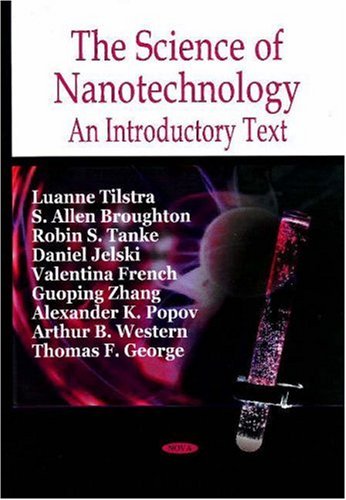
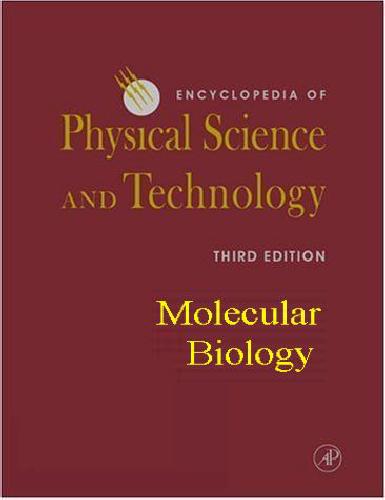
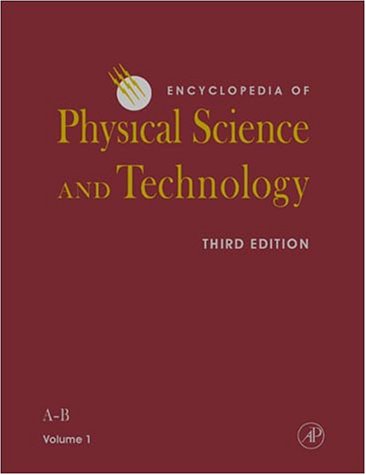
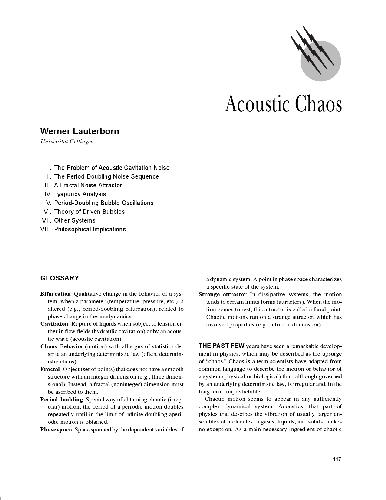


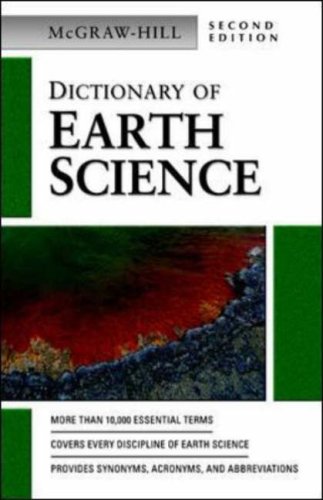
Reviews
There are no reviews yet.